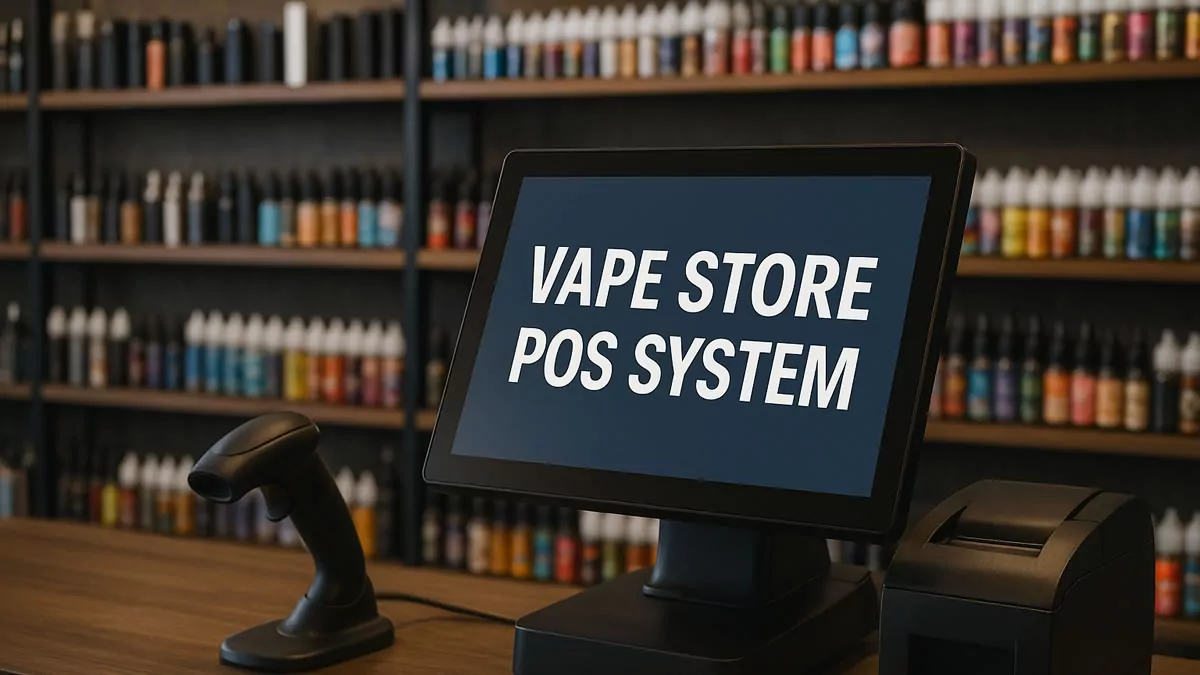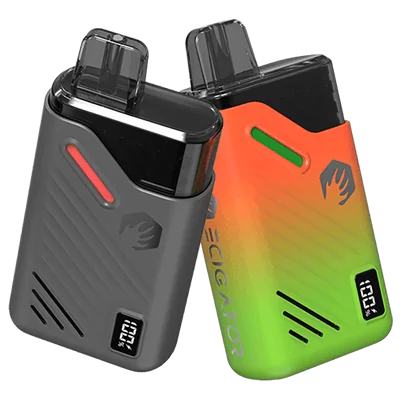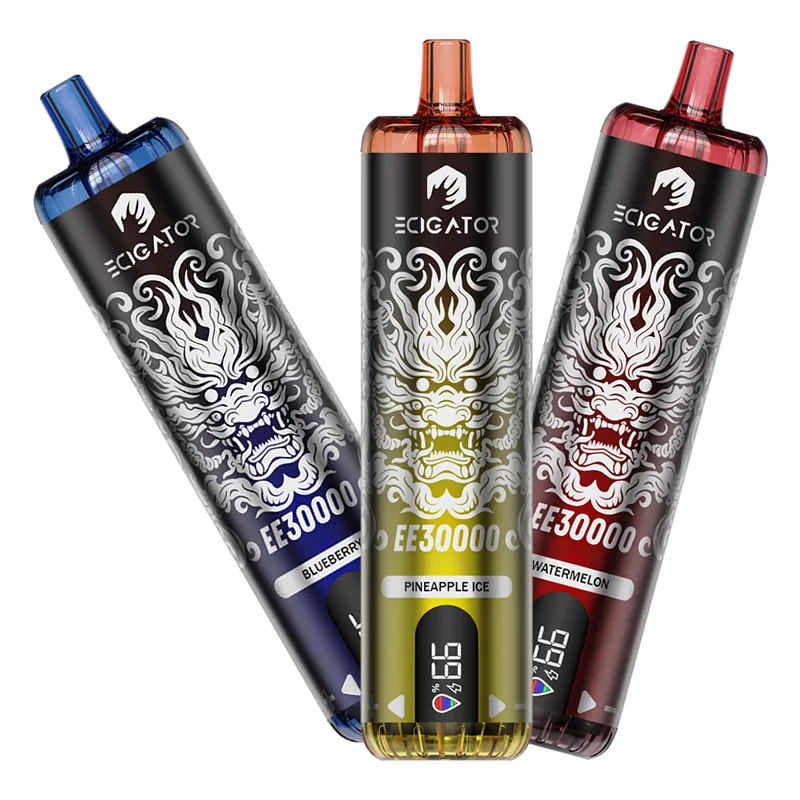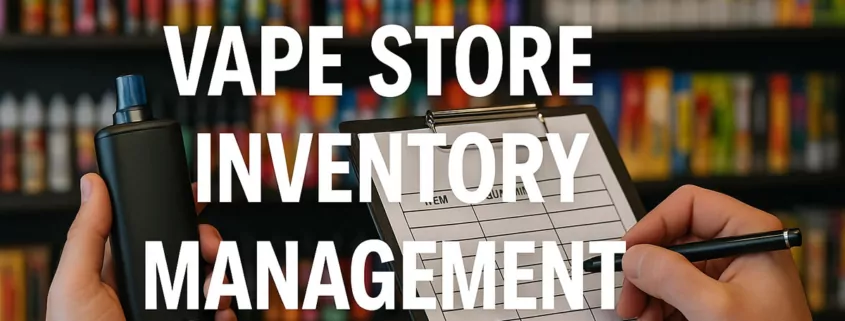Vape Store Inventory Management: 15 Essential Tips
The vaping market is dynamic and diverse, with a constant stream of new devices, e-liquids, and accessories hitting the shelves. For vape store owners, this vibrant landscape presents both exciting opportunities and significant operational challenges. One of the most critical, yet often underestimated, aspects of running a successful vape shop is effective inventory management. Getting it right means optimized cash flow, satisfied customers, and a healthier bottom line. Getting it wrong can lead to lost sales, wasted capital, and frustrated patrons. This guide will delve into essential strategies and best practices to help you master your vape store inventory, transforming it from a potential headache into a powerful asset.
Why Effective Vape Shop Inventory Management is Non-Negotiable
Before diving into the “how,” let’s briefly touch on the “why.” The vaping industry is characterized by:
- Rapid Product Turnover: New devices and flavors are constantly emerging, making older stock obsolete quickly.
- Diverse Product Catalogs: From starter kits and pod systems to advanced mods, countless e-liquid brands and flavors, coils, batteries, and accessories, the sheer number of SKUs can be overwhelming.
- Fluctuating Demand: Trends can shift rapidly, and seasonal preferences (e.g., certain flavors being more popular in summer) can impact sales.
- Regulatory Landscape: Evolving regulations regarding product standards, packaging, and age restrictions require careful stock management to ensure compliance.
- Perishability (for some items): While not like fresh produce, e-liquids can degrade over time, especially if stored improperly (e.g., exposed to heat or light), affecting their flavor and potency. Adhering to a First-In-First-Out (FIFO) system is crucial.
Poor inventory management in this environment can lead to dead stock (unsellable items), stockouts of popular products (lost sales and unhappy customers), tied-up capital in excess inventory, and increased operational costs. Conversely, a well-managed inventory ensures you have what customers want, when they want it, without overinvesting or risking obsolescence.

Laying the Groundwork: Policies and Systems
Effective inventory management starts with a solid foundation of clear policies and robust systems.
Establish Clear Inventory Policies
Define how your store will handle various inventory scenarios:
- Excess Inventory: What happens to products that don’t sell within a certain timeframe? Will you offer discounts, bundle them, or attempt to return them to suppliers (if possible)? Having a plan prevents old stock from accumulating indefinitely.
- Returns and Exchanges: Have a clear, customer-friendly policy for returns and exchanges of faulty or unwanted (if unopened) products. This impacts how returned items are re-integrated or removed from inventory.
- Damaged or Expired Goods: Outline procedures for identifying, removing, and accounting for damaged or expired products (especially e-liquids with best-by dates).
- Product Handling and Storage: Ensure staff understand how to handle and store products correctly to maintain quality, particularly for e-liquids sensitive to heat and light.
Implement Accurate Inventory Tracking Systems
Knowing what you have, where it is, and how fast it’s moving is fundamental. While manual tracking might suffice for a tiny operation, most vape stores benefit immensely from technology.
- Point of Sale (POS) Systems with Inventory Management: This is the cornerstone for most modern retailers. A good POS system doesn’t just process sales; it automatically updates inventory levels in real-time as products are sold. Look for features like:
- Real-time stock level tracking across multiple locations (if applicable).
- Sales trend analysis (identifying best-sellers and slow-movers).
- Low-stock alerts and automated reorder point suggestions.
- Integration with supplier catalogs for easier ordering.
- Customer purchase history (useful for targeted marketing and understanding preferences).
- Barcode Scanning: Implementing barcode scanning for receiving stock, sales transactions, and physical counts dramatically reduces manual data entry errors and speeds up processes. This enhances accuracy and efficiency.
- RFID (Radio Frequency Identification) Tags: For larger operations, RFID can offer even more automated tracking, though the cost might be prohibitive for smaller shops. It allows for tracking items without direct line-of-sight scanning.
Strategic Product Categorization
Don’t just treat your inventory as one giant list. Organize products logically based on attributes such as:
- Brand: (e.g., Vaporesso, Elf Bar, specific e-liquid lines, or looking for other manufacturers)
- Type: (e.g., disposable vapes, pod systems, mods, tanks, coils, e-liquids, batteries, accessories)
- E-Liquid Flavor Profile: (e.g., fruit, dessert, menthol, tobacco)
- Nicotine Strength: (e.g., 0mg, 3mg, 6mg, 20mg, nicotine salts vs. freebase)
- Price Point or Popularity: (e.g., A-list [high demand], B-list [moderate], C-list [slow-moving])
Strategic categorization simplifies locating items, managing stock levels for different segments, merchandising, and analyzing sales data effectively.

Optimizing Stock Levels and Reordering
Finding the sweet spot between having enough stock and having too much is a continuous balancing act.
Set Minimum Stock Levels (Reorder Points)
For each key product (or at least product category), determine the minimum quantity you want to have on hand before placing a new order. This “reorder point” should be based on:
- Historical sales data for that product.
- Supplier lead times (how long it takes for an order to arrive).
- A “safety stock” buffer to account for unexpected demand surges or supplier delays.
Many POS systems can help automate alerts when stock reaches these predetermined levels.
Leverage Demand Forecasting and Analytics
Don’t rely on guesswork. Utilize the data from your POS system and inventory management software to:
- Identify sales trends (what’s hot, what’s not, what’s seasonal).
- Forecast future demand based on historical patterns, upcoming promotions, or anticipated market shifts (e.g., a new popular device launch).
- Monitor Key Performance Indicators (KPIs) like inventory turnover rate (how quickly stock sells), stock-to-sales ratio, and gross margin return on inventory (GMROI). These metrics help you understand the profitability and efficiency of your inventory investment.
Optimize Your Reordering Schedule
Establish a well-defined schedule for reviewing stock and placing orders. This might be weekly for fast-moving items and less frequent for others. Consider factors like supplier minimum order quantities, shipping costs, and potential discounts for bulk orders (while being careful not to overstock).
Manage Cash Flow Wisely
Inventory is a significant investment. Prudent cash flow management is essential:
- Avoid Over-Ordering: Excess inventory ties up cash that could be used for rent, payroll, or other operational expenses. It also increases the risk of stock becoming obsolete or expiring.
- Track Price Changes: Keep an eye on supplier price fluctuations to manage your cost of goods sold and pricing strategy.
- Negotiate Payment Terms: If possible, negotiate favorable payment terms with suppliers to improve your cash flow cycle.
Ecigator is one of the well-known vape brands spun off from FM Technology Co., Ltd, it’s an ISO-certified disposable vape manufacturer for OEMs, ODMs, and OBM since 2010. The founder team comes from top firms with more than 10 years of experience in the vaping industry and has devoted thousands of hours to providing users with a better and better experience.

18K Disposable Pod Kit
Disposable Pod Kit – 18ml changeable pod with 650mAh rechargeable battery.

35K with Large Screen
35000 Puffs Disposable Vape with 3D galaxy screen. Eco and Pulse working modes.

30K DTL Disposable
30K Puffs DTL(Directly to Lung) disposable vape with airflow control and screen.
Operational Best Practices
Day-to-day operations play a huge role in effective inventory management.
Conduct Regular Stock Audits (Physical Counts)
Technology is great, but physical verification is still necessary. Regularly conduct stock audits (e.g., cycle counts for specific sections daily/weekly, full physical inventory less frequently) to reconcile your system records with actual on-hand quantities. This helps identify discrepancies due to theft, damage, receiving errors, or unrecorded sales, allowing you to address issues promptly.
Optimize Storage Space and Organization
An organized stockroom is an efficient stockroom. Implement clear labeling, logical categorization (matching your system categories), and optimized layouts to make products easy to find, count, and pick for orders or restocking shelves. This minimizes errors and saves time.
Implement a FIFO (First-In-First-Out) System
For products with a shelf life, like e-liquids, always sell the oldest stock first. This minimizes the risk of products expiring or degrading in quality before they can be sold. Clearly mark received dates on shipments or use your inventory system to track batches.
Cultivate Strong Supplier Relationships
Good relationships with your suppliers are invaluable. Regular communication can lead to better insights into upcoming product releases, potential supply disruptions, better terms, and more reliable deliveries. A collaborative approach benefits both parties.
Train Staff and Define Responsibilities
Your employees are on the front line of inventory management. Ensure they are thoroughly trained on all procedures: receiving stock correctly, accurately processing sales, understanding reordering guidelines, identifying damaged/expired products, and participating in stock counts. Clearly define who is responsible for specific inventory tasks.
Protect Your Inventory from Theft and Loss
Vape products can be targets for theft. Implement security measures:
- Security Cameras: A visible deterrent and useful for investigation if incidents occur.
- Secure Storage: Keep high-value items in locked cabinets or a secure stockroom.
- Regular Check-ins: Frequent (even informal) checks on high-value or fast-moving product counts can help identify discrepancies early.
- Employee Screening and Policies: Implement clear policies regarding employee purchases and internal theft.
Stay Compliant with Regulations
The vaping industry is heavily regulated. Stay updated on all local, state, and federal laws regarding product sales, age restrictions, packaging, labeling, and any product registration or directory requirements. Non-compliance can lead to hefty fines or loss of license.
Embrace Cloud-Based Solutions and Interdepartmental Collaboration
Modern cloud-based POS and inventory management systems offer flexibility and accessibility, allowing you to manage your stock from anywhere. If your operation is larger, ensure collaboration and information sharing between inventory management, purchasing, sales, and marketing teams to align stock levels with forecasts and promotional activities.
Conclusion: Inventory Management as a Competitive Advantage
Mastering vape store inventory is an ongoing process, not a one-time fix. It requires a commitment to establishing clear policies, leveraging appropriate technology, diligently tracking data, and training your team effectively. By implementing these strategies, you can reduce waste, optimize cash flow, ensure product availability, improve customer satisfaction, and ultimately build a more resilient and profitable vape retail business in this ever-evolving market.
- Cambodia: Phnom Penh Bans Smoking & Vaping on “Walk Street” - August 16, 2025
- Mexico City Congress Approves Ban on Vapes & E-Cigs - August 16, 2025
- Is It Illegal to Vape or Smoke While Driving in Minnesota? - August 15, 2025









